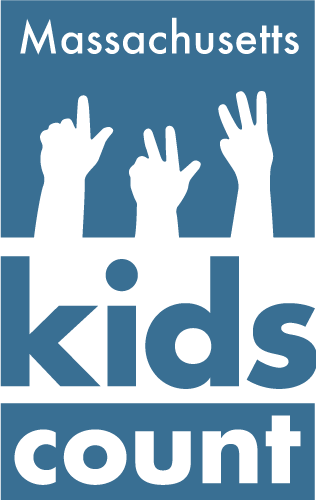Kids
Recent
Family Child Care Programs: A Primer
Family child care (FCC) programs are a vital piece of the early education and care sector in Massachusetts that disproportionately support the Commonwealth’s highest need ...
Read More →
How Baby Bonds Could Reduce Massachusetts’ Growing Wealth Gap
Across Massachusetts, racial wealth gaps are among the widest in the country. Structural barriers prevent or challenge households of color from building assets that could ...
Read More →
How Much Will Each District Benefit from the New Child & Dependent Tax Credit?
The proposed Child and Family Tax Credit would help families by providing a refundable credit each year for each child under 13 and dependent adults ...
Read More →

Kids Count Data Center
MassBudget is home to KIDS COUNT in Massachusetts, a national and state-by-state effort funded by the Annie E. Casey Foundation to track and improve the well-being of children across the United States. With these data, state organizations provide policy analysis based on evidence and shine a spotlight on pressing issues in order improve programs and policies for children and families.
ALL KIDS REPORTS
Obstacles on the Road to Opportunity: Finding a Way Forward for the Children and Families of Massachusetts
Data describing our communities document that opportunity is not equally available to children and families across the Commonwealth. While effective public policy removes obstacles along ...
Read More →
Massachusetts Poverty Rate and Median Income Improved in 2018, but Not by Enough
The United States is in the midst of the longest economic expansion in its history, following the Great Recession with sustained recovery. Massachusetts' economy today ...
Read More →
Credit Where Credit is Due: The EITC and CTC – two proven tools to keep low-paid workers out of poverty
One of the most successful ways to lift people out of poverty is through tax credits targeted to low- and moderate-income families. Families use these ...
Read More →
Making Every Student Count
Accurately counting low-income and English Language Learner students, who are more likely to require a diverse array of academic and social resources to succeed in ...
Read More →
Infographic: Celebrating Latinx Heritage Month
In honor of National Hispanic Heritage Month, also known as #LatinxHeritageMonth (running Sept. 15-Oct. 15), our infographics analyze the number of eligible Hispanic tax filers ...
Read More →
Concentrated Poverty Snapshot
Nearly 90,000 children in the Commonwealth of Massachusetts are living in concentrated-poverty. What is the long-term effect on our children and our communities? Read the ...
Read More →
Towards Equity: School Funding Reform in Massachusetts
Massachusetts benefits when all our children receive quality educational experiences in school that allow them to lead successful, fulfilling, and productive lives. Creating an education ...
Read More →
What is the Actual State Cost of MassHealth in 2019?
Every month, the MassHealth program (Massachusetts' Medicaid program) provides health insurance for more than 1.8 million residents of the Commonwealth: children in low-income households; low-wage ...
Read More →
A Promise of Equity: Designing a Debt-Free Higher Education Program That Works for Everyone
As Massachusetts considers several proposals to make college tuition-and-fee-free or debt-free, this paper looks at how different design elements of such a guarantee could affect ...
Read More →
A Chilly Reception: Proposed Immigration Rule Creates Chilling Effect for New Immigrants and Current Citizens
The Trump Administration announced on October 10 a proposal that would fundamentally change our country’s approach to immigration. This proposal would change what is known as ...
Read More →
Massachusetts Poverty Rate Flat, Median Income Growth Slowed in 2017
The U.S. Census Bureau recently released new data from its American Community Survey (ACS), allowing us to see how Massachusetts residents fared economically last year. ...
Read More →






